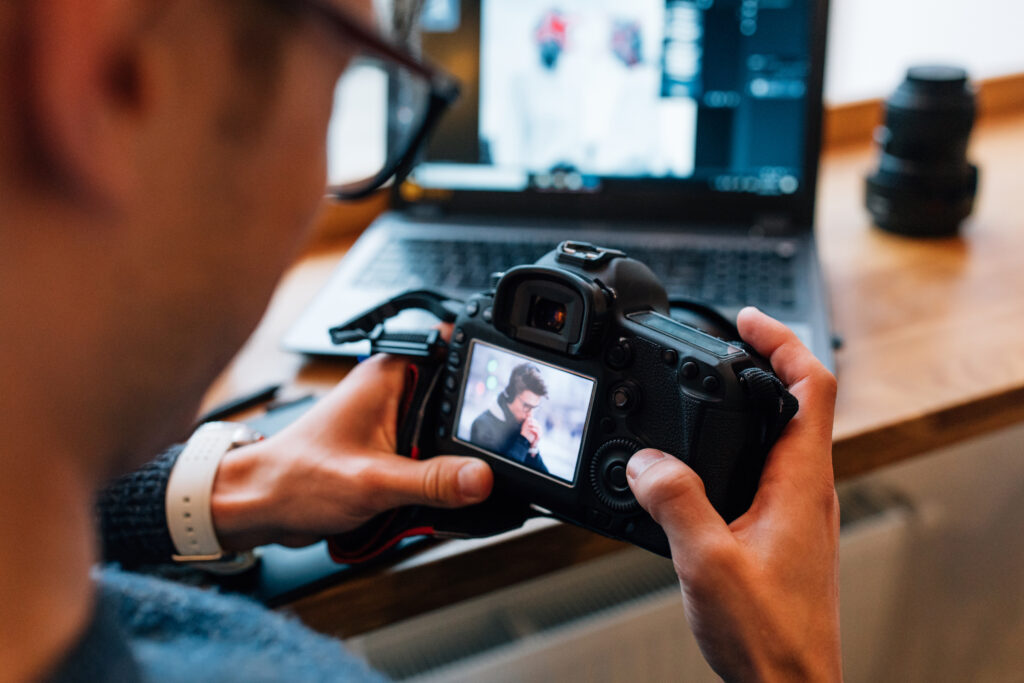1. Aperture: Aperture controls the amount of light entering the camera through the lens. It also affects the depth of field, i.e., the range of sharp focus. A lower aperture value (e.g., f/2.8) produces a shallow depth of field, while a higher value (e.g., f/16) has a larger depth of field.
2. Shutter Speed: Shutter speed determines the length of time the camera’s shutter remains open, controlling the amount of light reaching the camera’s sensor. Faster shutter speeds (e.g., 1/1000s) freeze motion, while slower speeds (e.g., 1/30s) create motion blur.
3. ISO: ISO refers to the sensitivity of the camera’s sensor to light. Lower ISO settings (e.g., ISO 100) are ideal for bright conditions, while higher ISO settings (e.g., ISO 1600) help in low-light situations. However, a higher ISO may introduce digital noise.
4. White Balance: White balance adjusts the colors in a photograph, ensuring that white appears truly white under different lighting conditions. Common white balance presets include Daylight, Cloudy, Incandescent, and Auto.
5. Metering Mode: Metering mode determines how the camera evaluates the scene’s lighting to calculate exposure. Common metering modes include Evaluative (matrix), Center-weighted, and Spot metering. Metering affects how the camera reads light, particularly in areas with contrasting brightness.
6. Focus Mode: Choosing the right focus mode is crucial for clear and sharp images. Single AF (One-Shot) is suitable for stationary subjects, Continuous AF (AI Servo) is ideal for moving subjects, and Manual Focus allows you to adjust the focus.
It’s essential to familiarize yourself with your specific camera model’s menu and options to customize settings according to your needs. Practice and experimentation with different settings will help in gaining a better understanding of their effects on your photographs.

